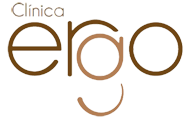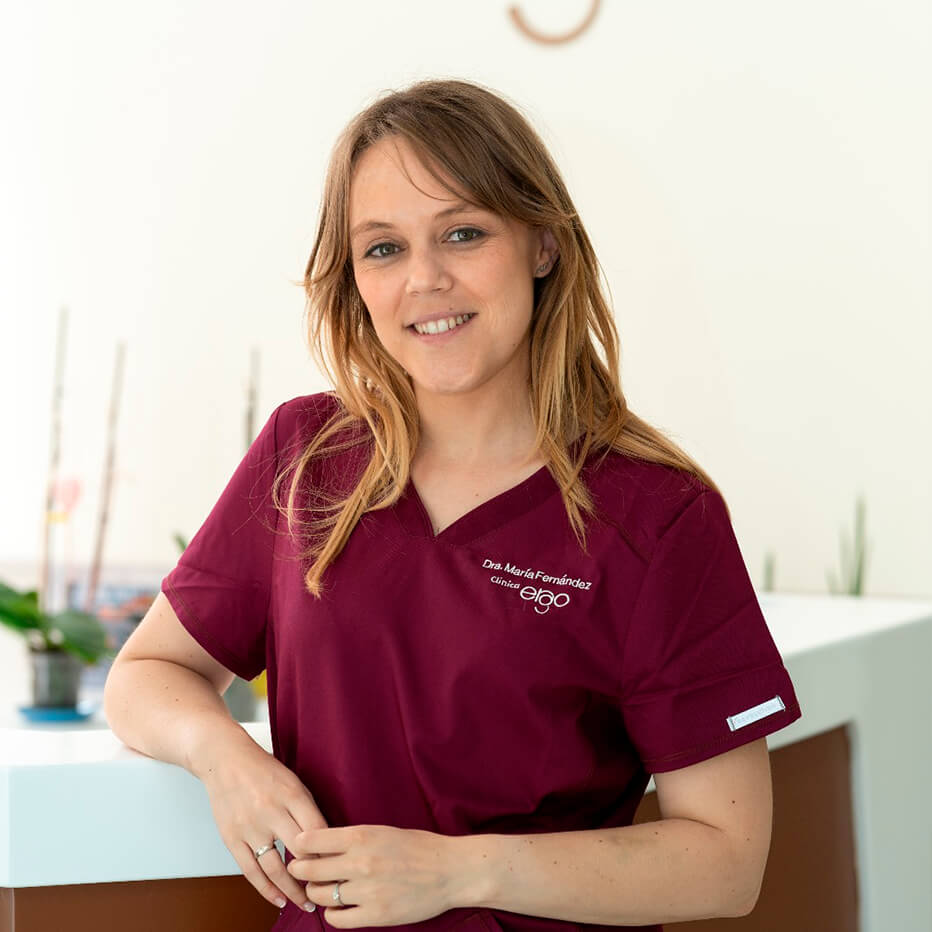ROPA Method
Reception of partner's eggsROPA Method in Gijón, Asturias
What is the ROPA method?
It is an exclusive treatment for married couples formed by two women who wish to become mothers, both being able to actively participate in bringing their baby into the world.
By simultaneously producing the embryo together with an optimal endometrium, this treatment usually offers great results and also allows for “shared motherhood”.
Couples of women
The IVF ROPA method is a variant of In Vitro Fertilization applicable to women with a female partner. Along with Artificial Insemination and In Vitro Fertilization with donor sperm, it is one of the alternatives that women couples have to become mothers.
Becoming mothers, a dream that is getting closer and closer
In Vitro Fertilization with ROPA Method
Reception of partner’s eggs
What is the ROPA method?
The difference between the ROPA method and the other two treatments is that it is a more attractive option because both women actively participate in the creation and birth of the baby. It consists of extracting and fertilizing the eggs of one of them and implanting the embryo obtained in the uterus of her partner. Both women play a determining role: one will be the biological mother (providing the egg) and the other will be the gestational mother (the one who becomes pregnant and gives birth).
Ovarian stimulation of the woman who provides the eggs.
The woman who is going to provide the egg undergoes the same ovarian stimulation process as in conventional In Vitro Fertilization. The ovaries are stimulated with hormones to produce follicles in order to obtain more oocytes. To keep track of the number of ovarian follicles created, we monitor the ovarian stimulation, and perform periodic ultrasounds and hormone analysis.
Follicular puncture
When the follicles have reached the appropriate size, follicular puncture is scheduled to extract the eggs. It is performed 36 hours after administering the hCG hormone that induces oocyte maturation. The puncture is performed in the operating room, under sedation, so that the patient does not feel any discomfort during the process and is an intervention of about 15 minutes.
Embryo culture and fertilization
Once the eggs have been obtained, they are fertilized with the sperm of an anonymous donor and from this point on, the evolution of the embryos is controlled in the laboratory until their transfer.
Preparation of the woman receiving the embryo
At the same time that ovarian stimulation is being performed, the endometrial preparation of the woman who is going to become pregnant is carried out. The preparation of the endometrium is carried out by administering a hormonal treatment with estrogens to achieve a correct endometrial thickness.
Embryo transfer
Once the endometrium is prepared and the embryos are in the laboratory, they are transferred into the uterus of the recipient woman to achieve pregnancy.
The number of embryos to be transferred can be one or two (although the law allows up to a maximum of 3 embryos, at the ERGO Clinic we look after the health of the recipient and the future babies trying to avoid multiple pregnancies as far as possible).
Embryo transfer is very simple and completely painless. It is performed using a small cannula, lasts a few minutes and does not require any analgesic.
Once the transfer is completed, the patient remains at rest for a few minutes and is given the medication guidelines with which she must continue at least until the pregnancy test.
Pregnancy test
The patient can come to the clinic on the day that has been indicated together with the medication guidelines, at any time between 8 am and 5 pm, without the need to fast and with a completely normal life. Our nurse will draw some blood and the patient is good to go. The next day we receive the result and the medical team will call you to give you the β-hCG value.
Positive result
If the test indicates that you are pregnant… Congratulations! The whole team will share this great moment with you, but we will also give you the basic instructions that you must follow from then on, such as medication guidelines, precautions in your daily life and, above all, we will give you the appointment for the ultrasound examination to confirm clinical pregnancy. It will be approximately 3 weeks after the test result because it is at that time when you can visualize with guarantees the fetal heartbeat of your little one.
Negative result
If, on the other hand, the result is not what we expected, don’t worry, we will not leave you alone in this hard moment. We will give you an appointment with the medical team for the date you want, and there we will solve all the doubts you may have, we will analyze with you what could have happened and above all what options there are to help you achieve your dream.
Embryo vitrification
All embryos that have not been transferred to the patient’s uterus and that are of good quality should be vitrified. This is stipulated by the law on assisted reproduction. It is a process routinely performed in the ERGO Clinic’s embryology laboratory and survival rates exceed 99%.
In which cases is the ROPA method indicated?
Couples of women who wish to face motherhood in a shared and active way in the reproductive process, either by their own choice and/or for medical reasons of one member of the couple, such as:
- Alterations in oocyte quality
- Absence of own oocytes
- Absence or severe dysfunction of ovaries
- Risk of hereditary transmission of any type of pathology.
- Chromosomal or genetic alterations
- Failure of other assisted reproductive techniques
Sperm donor selection
Why can we guarantee the highest quality embryos at the ERGO Clinic?
For an oocyte donation cycle to be a success we must take care of all the aspects, and at the ERGO Clinic we are committed to them.
Highest quality in the selection of our donors
Our donation team personally selects each donor applying the strictest controls to guarantee the greatest safety in this process and the greatest phenotypic similarity with the recipient.
Better results
At ERGO we guarantee that the recipient woman will receive a top quality semen sample.
Genetic matching with the sperm donor
This additional test is performed on both the sperm donor and the recipient, reducing the risk of the future child suffering from more than 600 known genetic diseases.
Flexibility in treatment
In a maximum period of two months from your first visit, you can have your treatment done. You will always have the support of the donation team with personalized attention, who will accompany you throughout the process to help you in everything you need.
Legal Aspects
In order to carry out the ROPA method, Law 14/2006 on Assisted Human Reproduction Techniques establishes a single fundamental requirement: marriage. It is not enough to be a domestic partner.
This regulation allows a person’s gametes to be used by him or herself or by his or her spouse. Therefore, it is necessary for the female partner to be married. Otherwise, it would be considered an open egg donation, something totally forbidden in Spain, since gamete donation must be anonymous. The ROPA method is a legal exception.
On the other hand, in cases where artificial insemination with donor sperm (AID) or conventional IVF without ROPA is chosen, marriage is not necessary. However, it can facilitate the process of registering the baby with two mothers in the Civil Registry.
On the other hand, it should be noted that this is the legal situation of this technique in Spain and that it is not legal in all countries. Therefore, before considering starting this treatment in another country, we recommend consulting the legality of this process.
Need more information?
We are a team of more than 15 professionals specialized in assisted reproduction and women’s health. Do you have any doubts? We invite you to meet us, your first visit is totally FREE.


